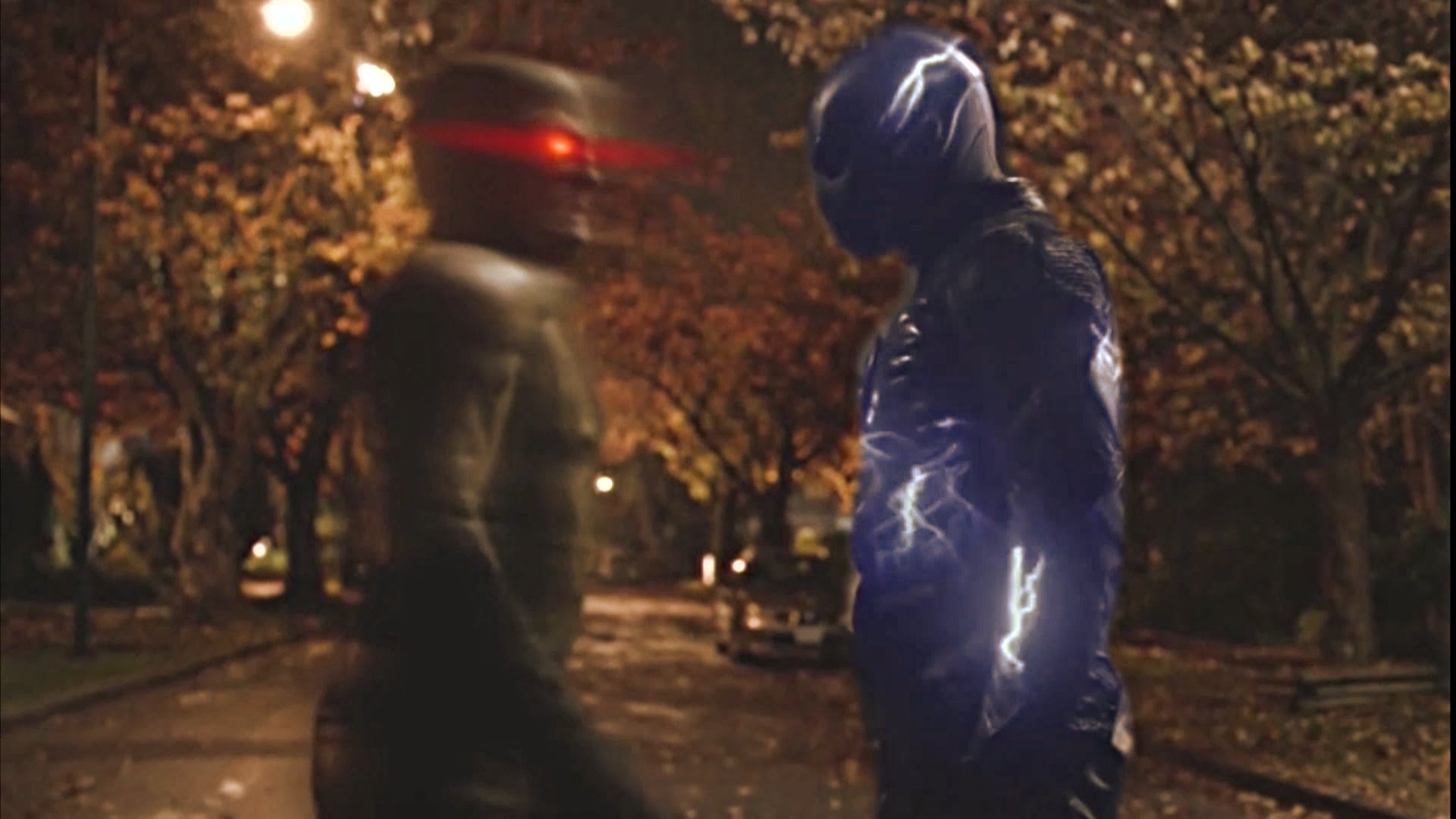

You can show or hide the options by clicking the white arrow on the left of the effect name in the list.

The options will appear below the heading in the Applied Effects list. There are also effects with settings you can change. Waves - animates the slide with a wavey effect.Spin - animates the slide by rotating the image.Sepia - removes most pigmentation, except for a reddish-brown hue, giving the picture an antique feel.

Ripple - animates the slide with a ripple effect.Raindrops - makes it look like raindrops are falling onto the slide.Posterize - applies a simplified color scheme to the image.Old Film - makes the slide black and white and animates it with a shaky old film effect.Negative - swap all colors for their negative, as in a strip of camera film.Hue Cycle - changes the color of the slide continually by shifting through a range of colors.Edge Detection - darkens the image and highlights the strongest lines of the image.Black and White - removes all pigmentation from the image and make black and white.Auto Levels - this effect will automatically change the Brightness, Contrast and Gamma to their optimal values.If you do not like the result, you can remove the effect by clicking the white X next to the effect in the Applied Effects list. These are usually self-explanatory, but if you don't know what they do, the best way to find out is to select them and then look at the preview. There are many effects that do not have settings for you to configure. To remove an effect, find it in the list titled Applied Effects, then сlick the white X button next to the effect. You can then make adjustments using the preview window to see how the effect will look. Select the effect you want to use from the Effects Library. To apply an effect, click to select a slide in the slideshow and click one of the effects tabs. In each tab you can find different effects to apply to your slides. On the left side of the preview pane, there are four effect tabs: Edit, Effects, Animations and Text.


 0 kommentar(er)
0 kommentar(er)
